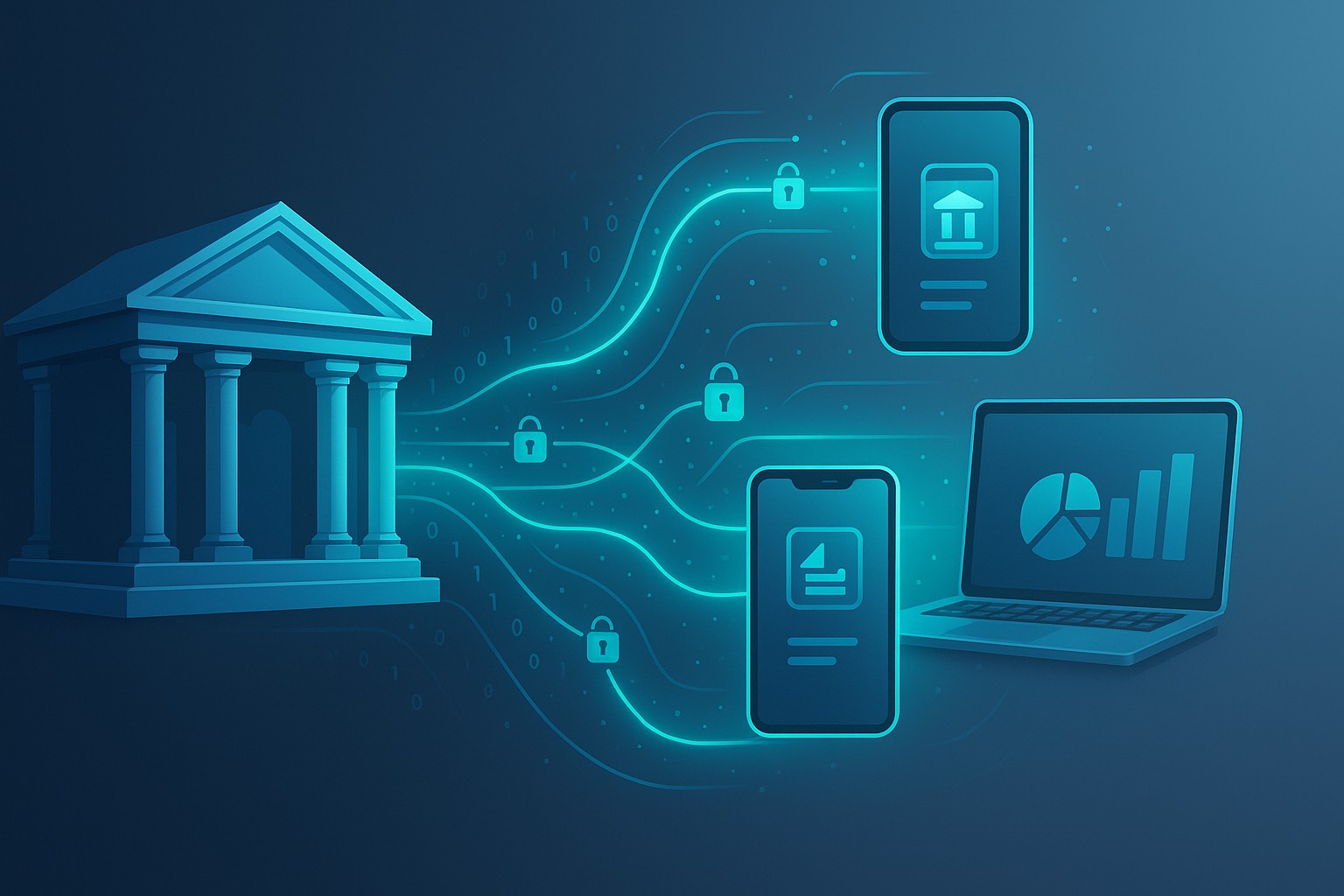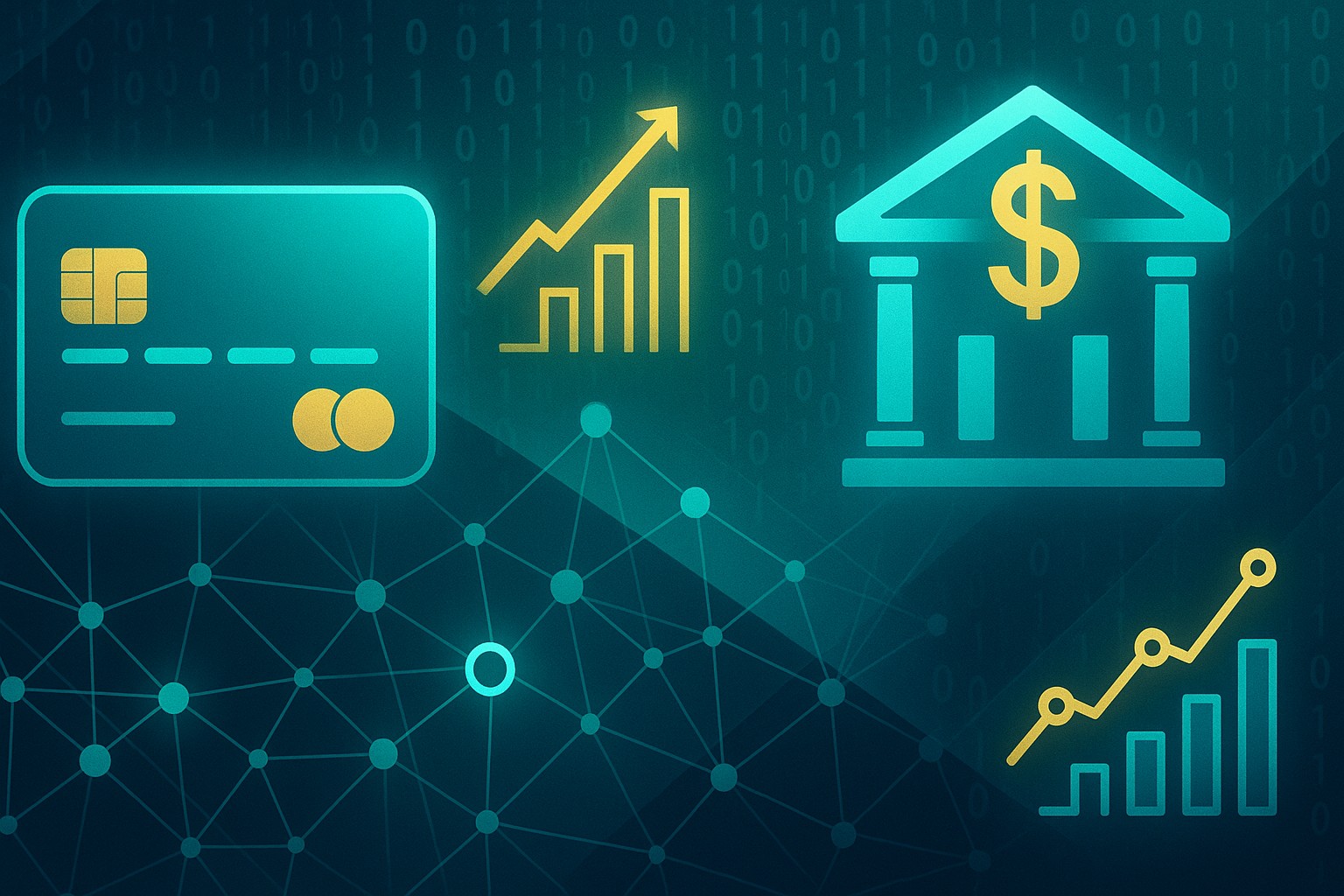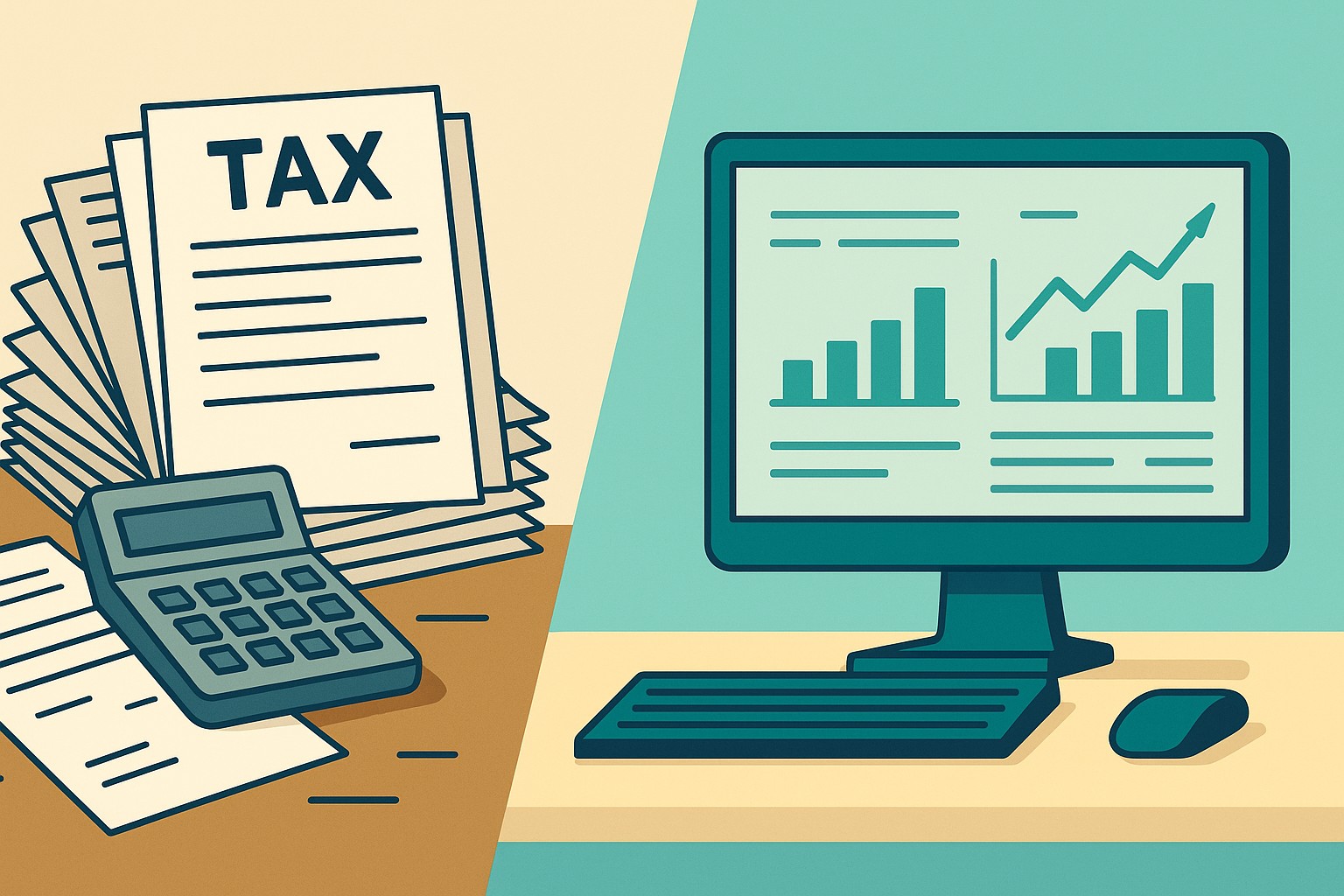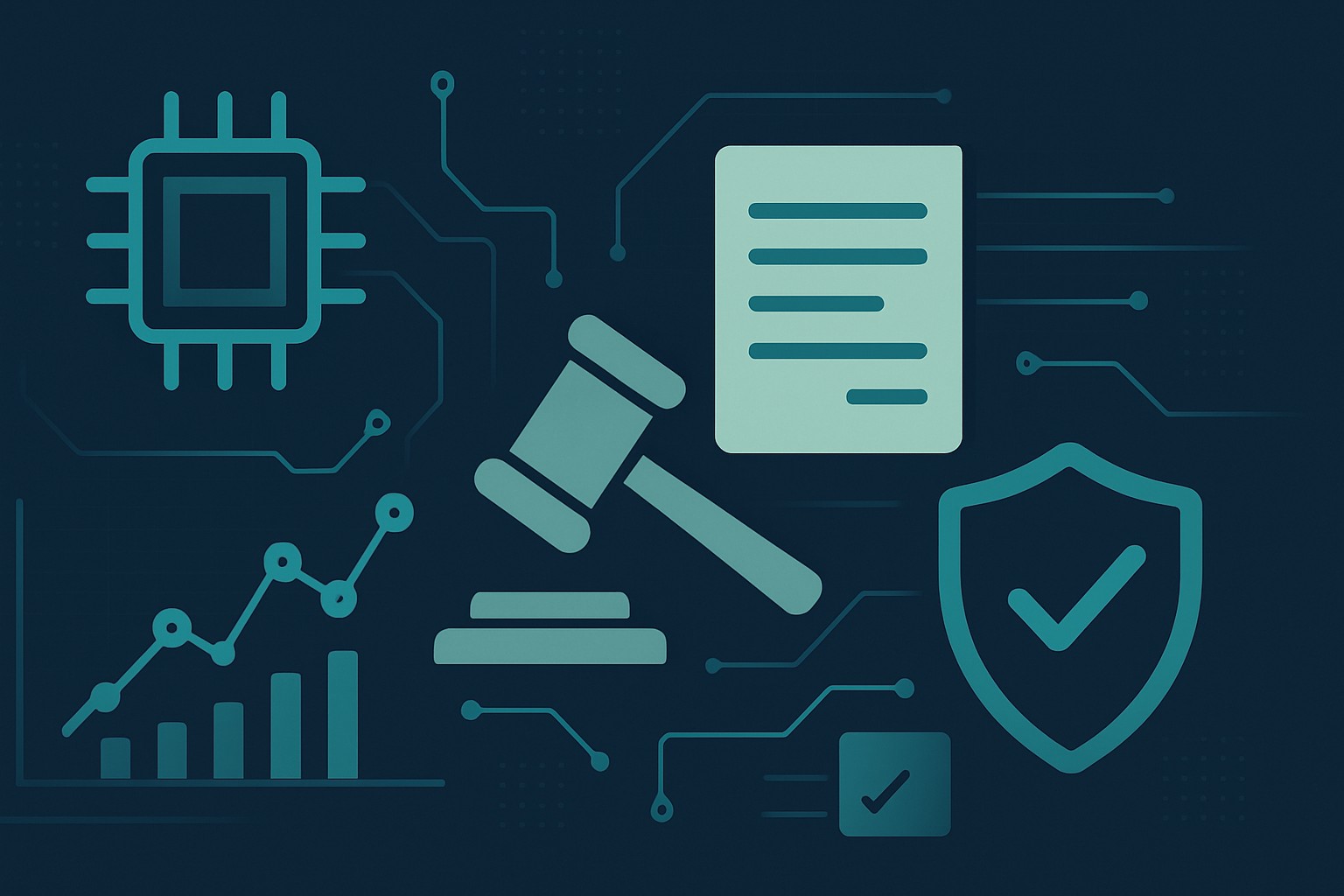The financial landscape is undergoing a significant transformation, driven by technological advancements and evolving consumer expectations. One of the most impactful developments is open banking, a revolutionary approach that is reshaping how we interact with financial institutions and manage our money. But what exactly is open banking, and how does it affect you? This article delves into the core principles of open banking, its benefits for consumers and small businesses, potential risks, and the future of this innovative concept in the United States. Understanding open banking is crucial for navigating the modern financial world and making informed decisions about your financial well-being.
Understanding Open Banking: A New Era in Financial Services
Open banking is a system that allows third-party financial service providers to access consumer banking information, transaction data, and other financial data from banks and other financial institutions through the use of Application Programming Interfaces (APIs). This essentially means that you can grant permission to trusted apps and services to securely access your bank account information, enabling them to offer you personalized financial solutions, streamline your payments, and provide a more holistic view of your finances. Open banking is not about giving up control of your data; it’s about empowering you to share your data securely and conveniently with services that can help you manage your money more effectively. It fosters competition and innovation, ultimately benefiting consumers.
The Core Principles of Open Banking
At its heart, open banking is built upon several key principles. First and foremost is consumer consent. You, the consumer, are always in control of your data. You decide which third-party providers you want to share your data with and for what purpose. Transparency is another crucial principle. Open banking platforms must clearly explain how they collect, use, and protect your data. Security is paramount. Open banking relies on secure APIs and robust security protocols to protect your financial information from unauthorized access. Finally, interoperability is essential. Open banking standards ensure that different banks and third-party providers can seamlessly exchange data, allowing for a more integrated and efficient financial ecosystem. “Open banking API standards” are constantly being refined to ensure security and ease of use.
How Open Banking Works
The process of using open banking typically involves the following steps: you identify a third-party app or service that you want to use. You then grant the app permission to access your bank account information. The app uses secure APIs to connect to your bank and retrieve your data. The app then uses this data to provide you with personalized financial services, such as budgeting tools, payment solutions, or investment advice. You can revoke access to your data at any time. It’s important to only grant access to reputable providers and to carefully review the terms and conditions before sharing your data. Understanding “how to protect your data in an open banking environment” is key to safe adoption.
Benefits of Open Banking for Consumers
Open banking offers a wide range of benefits for consumers, empowering them to take greater control of their finances and access innovative financial solutions.
Enhanced Financial Management
Open banking can help you better manage your money by providing a consolidated view of all your accounts in one place. You can track your spending, set budgets, and receive personalized insights into your financial habits. “Best open banking apps for budgeting” often offer features like spending categorization and goal setting.
Access to Personalized Financial Products
By sharing your financial data with trusted providers, you can gain access to personalized financial products and services that are tailored to your specific needs. This includes personalized loan offers, investment advice, and insurance products. This allows you to find the best deals and make more informed financial decisions. This can be particularly helpful for those seeking innovative “open banking solutions”.
Streamlined Payment Processes
Open banking can streamline payment processes by allowing you to make payments directly from your bank account without having to use a credit card or debit card. This can be more convenient and secure than traditional payment methods. For example, you could use open banking to pay your bills directly from your bank account or to make online purchases without entering your credit card details.
Open Banking and Small Businesses
Open banking is not just for consumers; it also offers significant benefits for small businesses.
Improved Cash Flow Management
Open banking can help small businesses improve their cash flow management by providing a real-time view of their financial position. This allows them to track their income and expenses, forecast their cash flow, and make better decisions about their finances. “Open banking benefits for small businesses” often include better access to credit and streamlined accounting processes.
Access to Innovative Lending Solutions
Open banking can provide small businesses with access to innovative lending solutions that are tailored to their specific needs. This includes access to alternative lenders and peer-to-peer lending platforms. These lending solutions can be more flexible and affordable than traditional bank loans, making it easier for small businesses to access the capital they need to grow and expand. “Open banking platforms” are increasingly offering specialized services for small businesses.
The Risks and Challenges of Open Banking
While open banking offers many benefits, it is important to be aware of the potential risks and challenges.
Data Security Concerns
One of the biggest concerns is data security. Sharing your financial data with third-party providers can increase the risk of data breaches and fraud. It is important to choose reputable providers that have strong security measures in place to protect your data. Understanding “open banking security protocols” is crucial for mitigating these risks.
Privacy Issues
Another concern is privacy. You need to be aware of how your data is being used and shared by third-party providers. It is important to carefully review the privacy policies of any app or service that you use. “Open banking data privacy concerns” are a major topic of discussion among regulators and consumer advocates.
Regulatory Uncertainty
The regulatory landscape for open banking is still evolving, which can create uncertainty for both consumers and providers. It is important to stay informed about the latest regulations and guidelines. “Open banking regulatory landscape US” is constantly changing as regulators adapt to the evolving technology.
The Future of Open Banking in the US
The future of open banking in the US is bright. As more consumers and businesses adopt open banking, we can expect to see increased innovation and competition in the financial services industry. “Future of open banking in the US” involves further integration with other technologies like AI and blockchain.
Increased Adoption and Innovation
As awareness of open banking grows, we can expect to see increased adoption among consumers and businesses. This will drive innovation and lead to the development of new and exciting financial products and services. The “open banking adoption rate in US” is steadily increasing as more people become aware of its benefits.
Evolving Regulatory Frameworks
The regulatory frameworks governing open banking will continue to evolve as regulators gain a better understanding of the technology and its implications. This will help to create a more stable and predictable environment for both consumers and providers. Addressing “open banking implementation challenges” requires collaboration between regulators, banks, and third-party providers.
Protecting Yourself in the Open Banking Ecosystem
While open banking offers many advantages, safeguarding your financial information is paramount. Here’s how you can navigate this new landscape securely:
Choosing Reputable Providers
Opt for established and well-regarded open banking platforms. Look for companies with a proven track record, transparent data practices, and robust security measures. Read reviews and check their credentials before granting access to your financial data.
Understanding Data Permissions
Before connecting any app to your bank account, carefully review the permissions it requests. Only grant access to the data that is absolutely necessary for the app to function. Be wary of apps that request excessive or unnecessary permissions.
Monitoring Your Accounts Regularly
Keep a close eye on your bank accounts for any suspicious activity. Regularly review your transactions and report any unauthorized charges or withdrawals immediately. Many banks and open banking platforms offer real-time transaction alerts to help you stay informed.
Conclusion: Open Banking’s Impact on Your Financial Life
Open banking is transforming the financial landscape, offering consumers and businesses greater control, convenience, and access to innovative financial solutions. While it’s essential to be aware of the potential risks, the benefits of open banking are undeniable. By understanding the principles of open banking and taking steps to protect your data, you can harness the power of this technology to improve your financial well-being. The shift towards open banking represents a fundamental change in how we interact with financial institutions, paving the way for a more personalized, efficient, and accessible financial future. Exploring “open banking use cases for consumers” can help individuals understand the practical applications of this technology in their daily lives. “How does open banking improve financial inclusion?” is another important question to consider, as it has the potential to provide financial services to underserved populations








